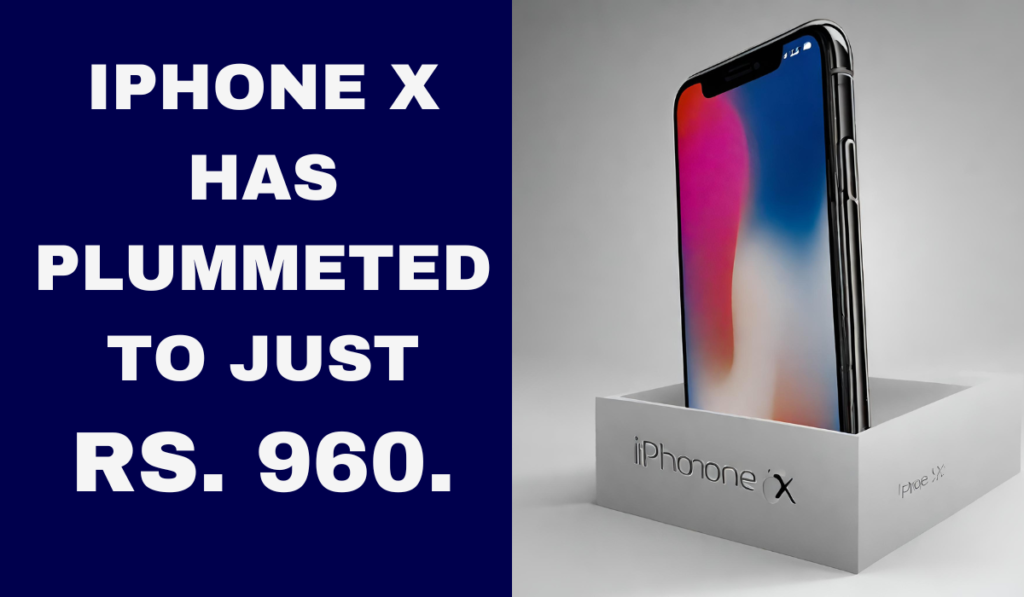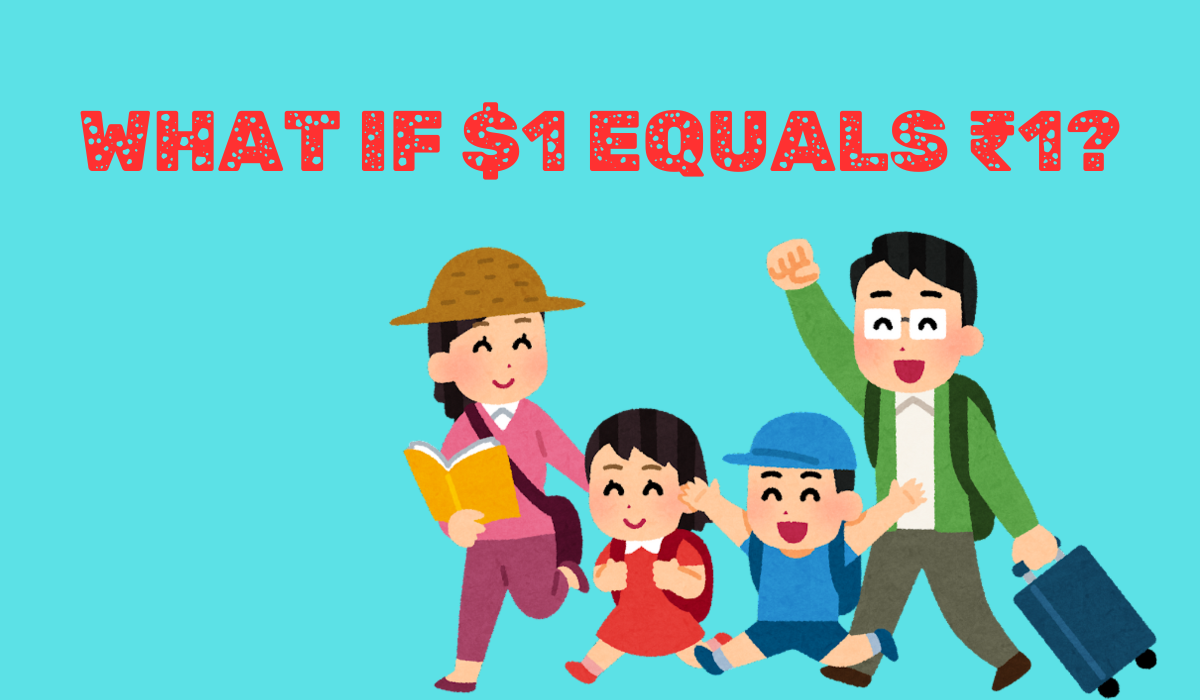Imagine waking up one morning to find that the price of an iPhone X has plummeted to just Rs. 960. but How? What if $1 Equals ₹1? You rub your eyes in disbelief, thinking it must be a dream. But as you scroll through your social media feed, you see that your friends are also posting about the unbelievable price drop.
Could it be true? Has the value of the dollar and the rupee suddenly become equal?
The History of the Rupee’s Value
To understand the potential impact of a dollar-rupee parity, we need to take a brief look at the history of the rupee’s value.
When India gained independence in 1947, the value of the rupee was equal to the dollar. However, over the years, India’s growing debt and economic challenges led to a gradual decline in the rupee’s value. By 1966, one dollar was worth 4.66 rupees.
Since then, the rupee has continued to lose value against the dollar. In 1975, one dollar was worth 8.39 rupees. By 1985, it had risen to 12 rupees. And in 1993, the rupee hit a record low of 31.37 rupees to the dollar.
In recent years, the rupee has stabilized somewhat, but it still remains significantly weaker than the dollar. As of today, one dollar is worth over 70 rupees.

Benefits of Dollar-Rupee Parity
If the value of the dollar and the rupee were to become equal, it would have several benefits for India:
- Reduced import costs: India imports a large number of goods from other countries. If the rupee were to become stronger, it would make these imports cheaper. This would benefit consumers and businesses alike.
- Lower fuel prices: India is heavily dependent on imported oil. A stronger rupee would make oil imports cheaper, which would lead to lower fuel prices. This would benefit everyone from motorists to businesses that rely on transportation.
- Increased exports: A stronger rupee would make Indian exports more competitive in the global market. This could lead to increased exports and economic growth.
Challenges of Dollar-Rupee Parity
However, a dollar-rupee parity would also pose some challenges:
- Reduced foreign investment: Foreign investors may be less likely to invest in India if the rupee is stronger. This is because their returns would be lower when converted back to their home currencies.
- Job losses: A stronger rupee could lead to job losses in export-oriented industries. This is because these industries would become less competitive in the global market.
- Inflation: A sudden increase in the value of the rupee could lead to inflation. This is because businesses may pass on the increased cost of imports to consumers.
Practical Example
One practical example of the potential impact of a dollar-rupee parity is the case of the iPhone X. As mentioned earlier, the iPhone X currently costs around Rs. 96,000 in India. If the dollar-rupee parity were to become a reality, the price of the iPhone X would drop to just Rs. 960.
This would be a huge windfall for Indian consumers. It would make the iPhone X much more affordable and accessible. However, it could also have a negative impact on Apple’s profits. Apple would have to either lower its prices in India or accept lower profit margins.
The example of the iPhone X shows that a dollar-rupee parity would have a significant impact on both consumers and businesses. It is important to weigh the potential benefits and challenges carefully before making any decisions about whether or not to pursue a dollar-rupee parity.
Conclusion
The potential impact of a dollar-rupee parity is complex and uncertain. There would be both benefits and challenges, and the overall impact would depend on a number of factors, including the speed and extent of the change.
However, one thing is for sure: a dollar-rupee parity would be a major turning point in India’s economic history. It would be a sign that India has arrived as a major economic power.
What do you think? Would a dollar-rupee parity be a good thing for India? Or would it be a disaster? Share your thoughts in the comments below.


1 thought on “What if $1 Equals ₹1?”